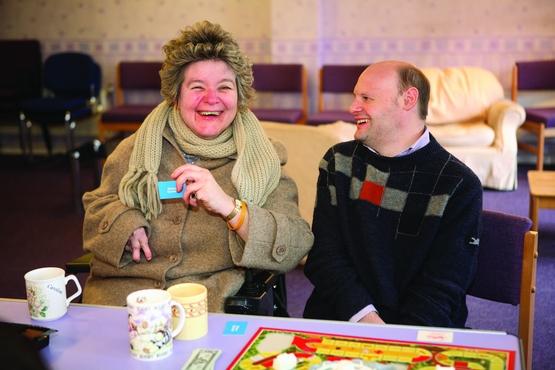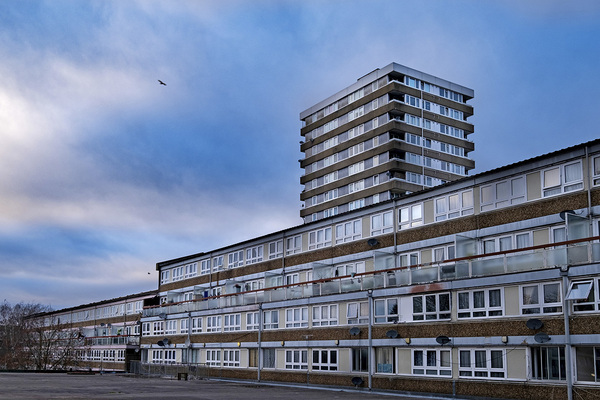Figures shed light on fall in support services
The story behind a 15 per cent drop in the number of homes receiving support
Five years ago the government set up a new regime to help fund housing services for vulnerable people.
When it merged several existing funding streams and launched Supporting People the regime helped pay for support in 1,233,000 homes.
By June this year that number had fallen dramatically to 1,052,590 - a reduction of 15 per cent. The figures emerged after Inside Housing submitted a freedom of information request to the Communities and Local Government department.
So how can the fall be explained?
Consultant Joe Halewood, director of Housing Support Management, said a lack of clear records documenting the cause of the change has concerned him. ‘It is not recorded anywhere what has happened to 200,000 or so vulnerable people and that beggars belief,’ he said.
But the CLG said there were a number of technical explanations for the fall. It said that many of the services thrown into the mix at beginning of the Supporting People programme in 2003 were later judged ineligible.
An example of this is disabled people living in care homes. Prior to the introduction of Supporting People they received funding from the Housing Corporation’s supported housing management grant. But they dropped off the housing support radar after their provision was ruled ineligible for the new funding programme.
Cost-cutting has also had an impact. More than 100,000 of those who no longer receive Supporting People funding are older people with support needs. In 2003/04 a total of 919,201 older people received support from the programme - this dropped to 808,487 in 2007/08. While there is no official explanation for this, the drop occurred at the same time as the widespread axing of wardens providing support to residents in sheltered housing.
The number of disabled people who benefit from funding has also dropped. Less than a third of the 37,211 people with physical and sensory disabilities who were receiving support from the programme in 2003/04 were receiving it in 2007/08. Today the total stands at 11,876.
Tim Fallon, chief executive of specialist housing association Livability Housing, said there was only patchy understanding of disabled people’s individual support needs.
And Mr Fallon said he worried about the future of specialist services. ‘We are fearful that providers of specialist services, such as ours, will not be able to participate in the style of contracts being prepared, and that our clients will be further marginalised as their individual needs will not necessarily fit neatly into the generic services being offered for tender.’
Southampton Supporting People manager Matthew Waters said landlords in his area were moving from specialist accommodation-based services to providing ‘floating support’ to a broader range of groups. But he added that providers needed to question whether someone with a disability actually needed housing support.
Mr Waters said the question would be a key one in his team’s forthcoming disability review. ‘I want to know why some authorities still have pure physical disability services,’ he said. ‘What is the rationale?’
On the up
The FOI figures also reveal that it is not all one-way traffic and some groups have received more help since 2003. The number of ‘young people at risk’ being supported through the programme has increased from 13,590 in 2003/04 to 18,610 in 2007/08.
But Steve Hillman, head of policy and research at young people’s supported housing umbrella group the Foyer Federation, said foyers were under mounting pressure to get young people through their system more quickly to boost the numbers going through. Foyers were reporting increases in ‘repeat residences’ as a result, he said.
If the overall figures reveal a complex tapestry of winners and losers, many providers are fearful about what the future holds.
In April the ring fence currently attached to the Supporting People funding that councils receive will be removed.
Although councils will still receive a grant for housing support they will be given freedom over how they spend the money (Inside Housing, 5 December 2008).
Maurice Condie, chief executive of Byker Bridge Housing Association, said: ‘I think supported housing as a whole is doing a better job than it has ever been doing before. But it’s more at risk than ever.’
Thanks to the FOI figures we now have a clearer picture about what has happened to housing support services over the last five years. And, without the ring fence, 2009 is set to bring substantial change to the way they operate in the future.
Winners and losers
Winners
Women at risk of domestic violence
5,831 supported in 2003/04
9,520 supported in 2007/08
Rough sleepers
1,606 supported in 2003/04
2,289 supported in 2007/08
Young people at risk
13,590 supported in 2003/04
18,610 supported in 2007/08
People with drug problems
3,606 supported in 2003/04
4,895 supported in 2007/08
Teenage parents
2,591 supported in 2003/04
3,825 supported in 2007/08
Losers
People with a physical or sensory disability
37,211 supported in 2003/04
11,876 supported in 2007/08
Older people with support needs
919,201 supported in 2003/04
808,487 supported in 2007/08
People with ‘generic’ needs
47,280 supported in 2003/04
36,582 supported in 2007/08
Young people leaving care
2,592 supported in 2003/04
1,884 supported in 2007/08
Single homeless people
46,826 supported in 2003/04
39,038 supported in 2007/08








